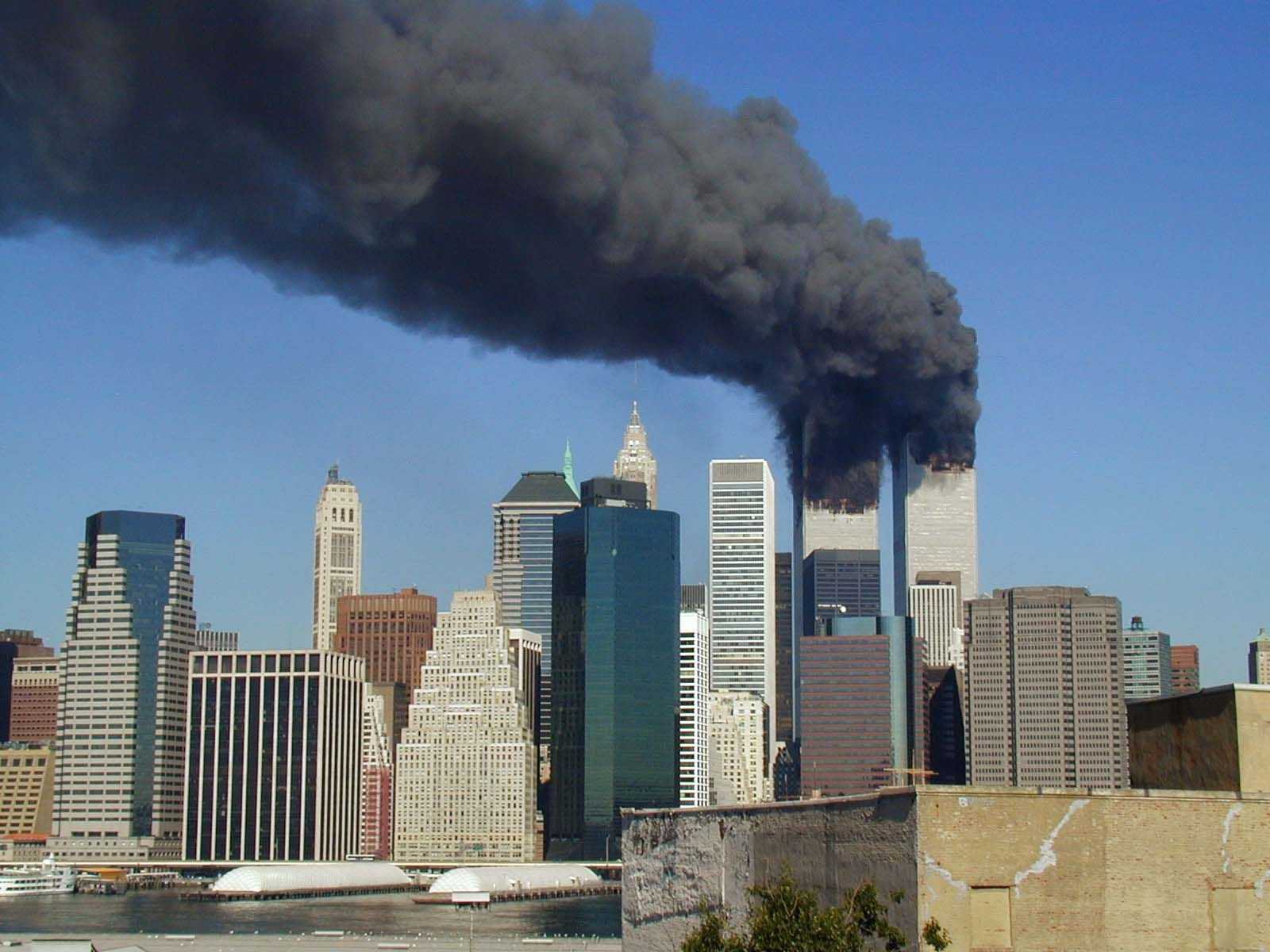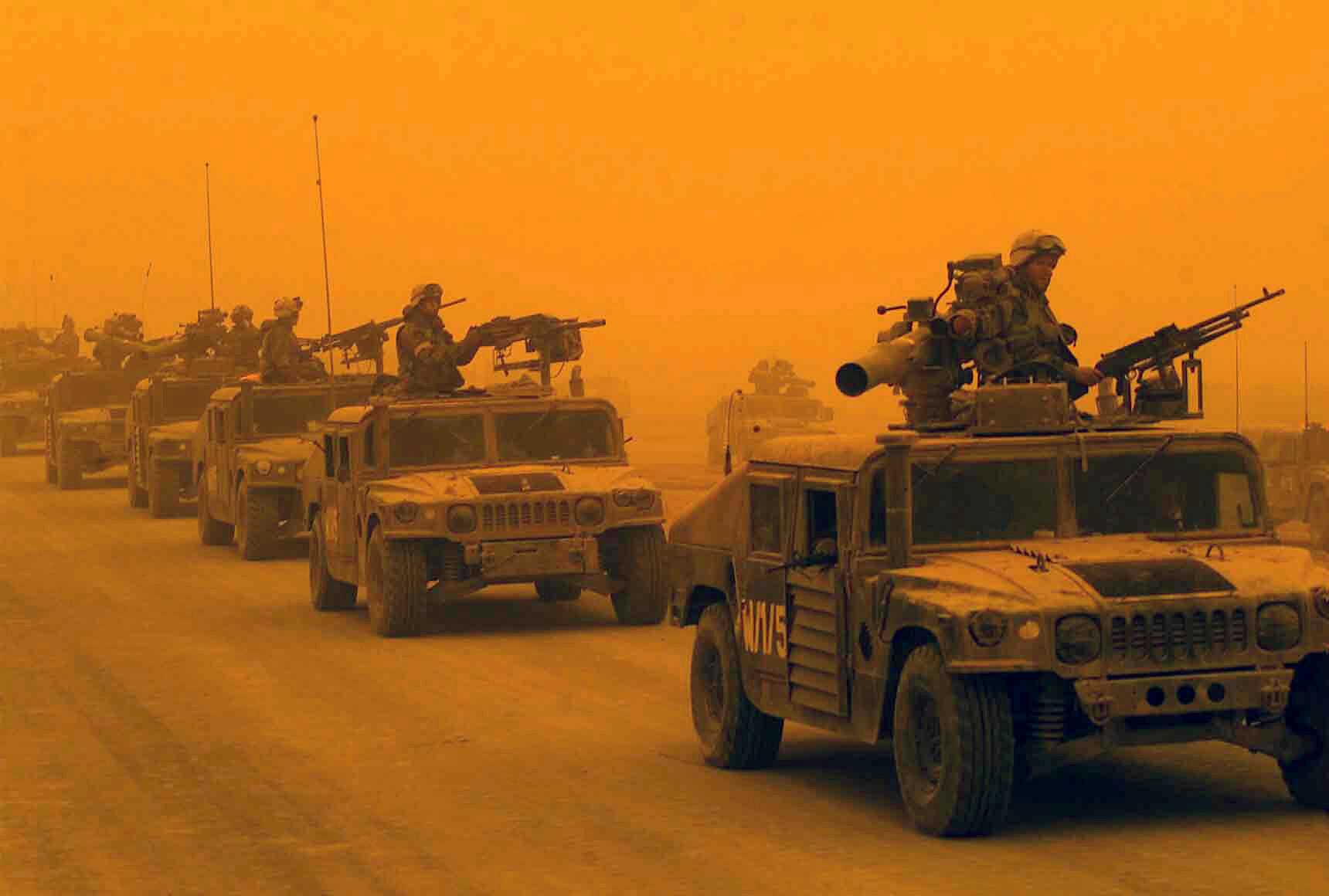The 1980s and ‘90s: First commitment to non-proliferation

The EEC started developing an external role in non-proliferation as early as 1981, when member states attempted to coordinate national positions in the context of the European Political Co-operation (EPC). The first stage involved the EEC member states producing a number of common statements at UN fora and the (see Learning Unit 12 for more details) on safeguards and nuclear technology transfers. Notably, an embargo on major nuclear supplies to South Africa was imposed around this time (in 1986).
At the beginning of the 1990s, the EC upgraded its role in non-proliferation. The Treaty on European Union signed in Maastricht in 1992 enhanced the framework for foreign policy coordination by setting up the CFSP and explicitly empowering the EU to deal with security matters. Concurrently, the uncovering of a clandestine nuclear weapons programme in Iraq in the aftermath of the first Gulf war boosted international nuclear arms control and non-proliferation efforts. While nuclear arms control remained in the hands of the superpowers during the Cold War, the demise of the latter allowed for multilateral approaches. Thanks to France’s accession in 1992 to the Non-Proliferation Treaty (NPT), the key treaty upholding the nuclear non-proliferation regime, the EU could start projecting itself as an actor in the non-proliferation domain. Arms control, non-proliferation and disarmament were designated as priority areas for CFSP, and member states cultivated a habit of tabling joint proposals at international conferences, such as the 1992 joint initiative to the International Board of Governors Conferences on the strengthening of safeguards (see Learning Units 4 and 5 for more information on the IAEA). The culmination of this trend was the campaign for the indefinite extension of the NPT at the latter’s Conference in 1995.1 Since 1995, EU action has been articulated via CFSP instruments, including statements, Common Positions defining the approach of the Union to a particular matter and Joint Actions framing operational measures, often entailing financial allocations. After the Treaty of Lisbon was adopted, these instruments were simplified to become CFSP decisions tout court.


